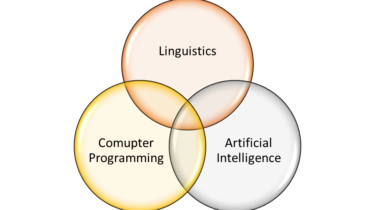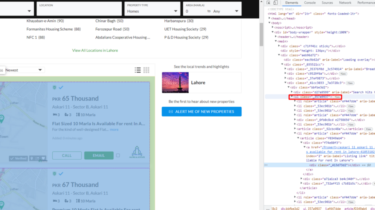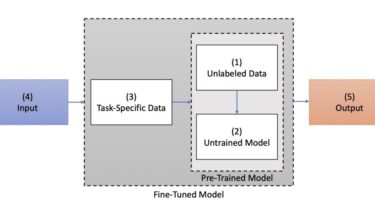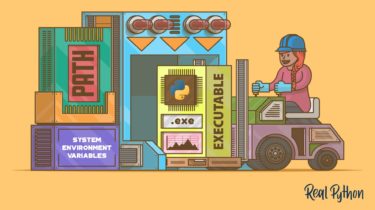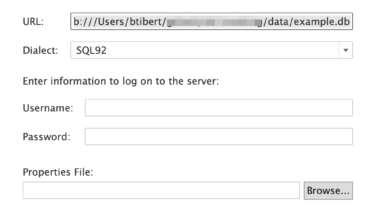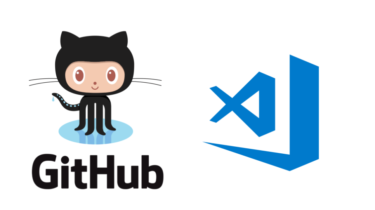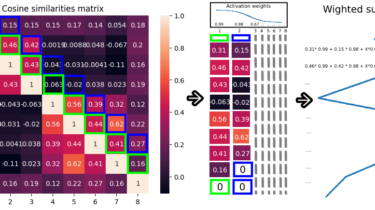Complete Guide to Natural Language Processing (NLP)
Welcome Amigo ! I believe that before diving deeper into any new topic one should get a good overview about that topic. For a good overview of NLP I have decided to go through the following topics:
Read moreWeb Scraping & Exploratory Data Analysis of Real Estate Rents using Python — Part 1
Background: I have completed few projects in my journey to become a data analyst after finishing Certificate in Big Data Analytics from York University. In this article, I have used a dataset containing rents of various Properties of
Read moreIntro to Pre-Trained Models in NLP?
As a scientist working in the Natural Language Processing/Understanding (NLP/NLU) domain, I use Pre-Trained Models (PTMs) on a daily basis. We all also use PTMs on a daily basis in our lives without even knowing it. For example, when you talk to your favorite virtual assistant (e.g. Alexa, Siri, Google), or when you use Google Translate, these engines rely on PTMs one way or another. I was having a hard time finding a brief primer to what PTMs are in […]
Read moreHow to Add Python to PATH
You may need to add Python to PATH if you’ve installed Python, but typing python on the command line doesn’t seem to work. You may be getting a message saying that the term python isn’t recognized, or you may end up with the wrong version of Python running. A common fix for these problems is adding Python to the PATH environment variable. In this tutorial, you’ll learn how to add Python to PATH. You’ll also learn about what PATH is […]
Read moreUse Tableau to Connect to DuckDB
I recently came across a situation where DuckDB fit the need on a recent project. The ask was to demonstrate the construction of a data pipeline and highlight the analytical possibilities of a spatial tracking dataset. DuckDB is an impressive in-process single-file database that proved to be blazingly fast, but also an absolute delight to code against.
Read moreThe Infamous GIL
In this series of posts I am trying to break down one of the complicated and intriguing topics in python. Please visit my last post to understand why multi threading is broken in python(Take this comment with a pinch of salt). https://www.reddit.com/r/Python/comments/xdyahc/multithreading_a_concept_which_is_always/
Read moreHow to chunk text into paragraphs using python
In this article, I want to show the approach that we are going to use in our project of podcast summarization. To summarize text correctly we first need to split a text into meaningful parts—paragraphs. · General approach·
Read more
